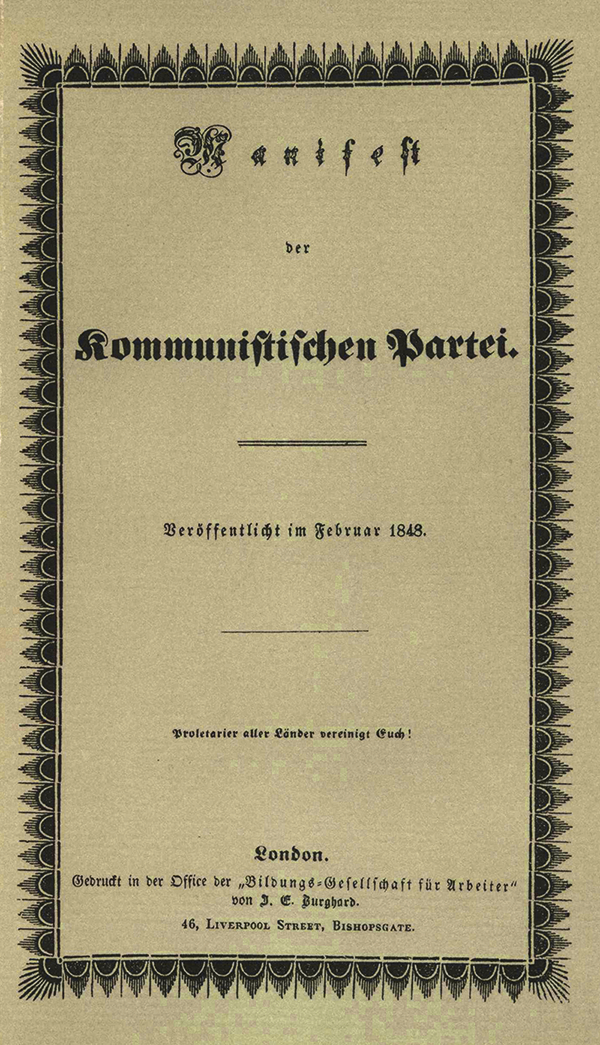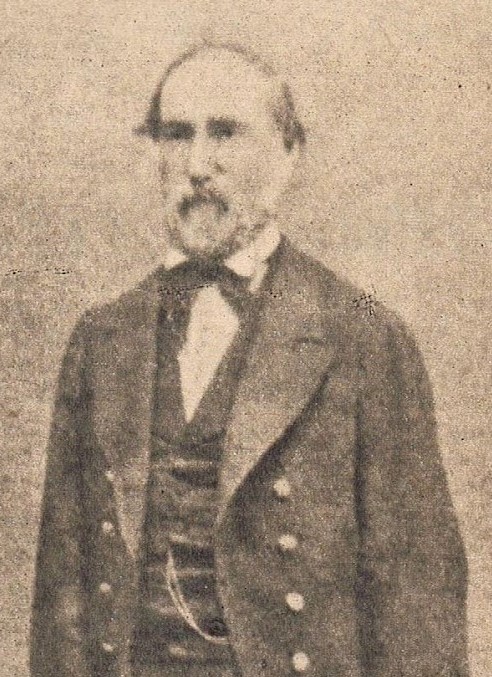|
Constitution Of Uruguay Of 1952
The fifth Constitution of Uruguay was in force between 1952 and 1967. Approved in a referendum on 16 December 1951, it replaced the previous constitutional text, which had been in force since 1942. Overview On July 31, 1951, a formal pact between the right-wing Batllist fraction of the Colorados – the Colorado and Batllist Union (''Unión Colorada y Batllista'' – UCB) – and the Herrerist Movement (''Movimiento Herrerista'') of the Blancos called for a plebiscite on constitutional reform. The plebiscite the following December 16 drew less than half of the 1.1 million voters to the polls, but the collegial system was approved by a small margin. As the culmination of an effort to reestablish the ''colegiado'' and the plural executive power, a fourth constitution was promulgated on January 25, 1952. It readopted José Batlle y Ordóñez's original proposal for coparticipation by creating a nine-member ''colegiado'', this time called the National Council of Government (''Con ... [...More Info...] [...Related Items...] OR: [Wikipedia] [Google] [Baidu] |
Constitution Of Uruguay
The Constitution of Uruguay () is the supreme law of Uruguay. Its first version was written in 1830 and its last amendment was made in 2004. Uruguay's first constitution was adopted in 1830, following the conclusion of the three-year-long Cisplatine War in which Argentina and Uruguay acted as a federation: the United Provinces of the Río de la Plata. Mediated by the United Kingdom, the 1828 Treaty of Montevideo allowed to build the foundations for a Uruguayan state and constitution. It has been reformed in 1918, 1934, 1942, 1952 and 1967, but it still maintains several articles from its first version of 1830. Versions Original Constitution (1830 - 1918) When it became independent on August 25, 1825, the Oriental Republic of Uruguay (''República Oriental del Uruguay'') drew up its first constitution, which was promulgated on July 18, 1830. Heavily influenced by the thinking of the French and American revolutions, it divided the government among the executive, legislative ... [...More Info...] [...Related Items...] OR: [Wikipedia] [Google] [Baidu] |
1951 Uruguayan Constitutional Referendum
A constitutional referendum was held in Uruguay on 16 December 1951.Uruguay, 16 December 1951: Constitution Direct Democracy The proposed amendments to the constitution were approved by 54% of voters. Proposals The proposed changes to the constitution were presented to the on 31 June 1951. The approved it by a vote of 85 to 1 ...[...More Info...] [...Related Items...] OR: [Wikipedia] [Google] [Baidu] |
Constitution Of Uruguay Of 1942
The fourth Constitution of Uruguay was in force between 1942 and 1952. Approved in a referendum on 29 November 1942, it replaced the previous constitutional text, which had been in force since 1934. Overview President Alfredo Baldomir summoned a Council of State which drafted the new text. It is considered a minor reform to the previous constitution, its main change being the suppression of the "15+15"-Senate, replaced by a more traditionally elected one. This Constitution was in force for a decade. See also * Constitution of Uruguay * Alfredo Baldomir * 1942 Uruguayan constitutional referendum References External links Text of the Constitution of 1942 1942 Events Below, the events of World War II have the "WWII" prefix. January * January 1 – WWII: The Declaration by United Nations is signed by China, the United Kingdom, the United States, the Soviet Union, and 22 other nations, in wh ... 1942 establishments in Uruguay 1942 in law {{constitution-s ... [...More Info...] [...Related Items...] OR: [Wikipedia] [Google] [Baidu] |
Right-wing Politics
Right-wing politics describes the range of political ideologies that view certain social orders and hierarchies as inevitable, natural, normal, or desirable, typically supporting this position on the basis of natural law, economics, authority, property or tradition.T. Alexander Smith, Raymond Tatalovich. ''Cultures at war: moral conflicts in western democracies''. Toronto, Canada: Broadview Press, Ltd, 2003. p. 30. "That viewpoint is held by contemporary sociologists, for whom 'right-wing movements' are conceptualized as 'social movements whose stated goals are to maintain structures of order, status, honor, or traditional social differences or values' as compared to left-wing movements which seek 'greater equality or political participation.' In other words, the sociological perspective sees preservationist politics as a right-wing attempt to defend privilege within the ''social hierarchy''."''Left and right: the significance of a political distinction'', Norberto Bobbio an ... [...More Info...] [...Related Items...] OR: [Wikipedia] [Google] [Baidu] |
José Batlle Y Ordóñez
José Pablo Torcuato Batlle y Ordóñez ( or ; 23 May 1856 in Montevideo, Uruguay – 20 October 1929), nicknamed ''Don Pepe'', was a prominent Uruguayan politician, who served two terms as President of Uruguay for the Colorado Party. He was the son of a former president and was widely praised for his introduction of his political system, Batllism, to South America and for his role in modernizing Uruguay through his creation of extensive welfare state reforms. In 1898, he served as interim president for a few weeks. He was later elected to the presidency for two terms: from 1903 to 1907 and from 1911 to 1915. He remains one of the most popular Uruguayan presidents, mainly due to his role as a social reformer. Influenced by Krausist liberalism, he is known for introducing unemployment compensation, universal suffrage and the eight-hour workday, as well as free high school education. He was one of the main promoters of Uruguayan secularization, which leaded to the division o ... [...More Info...] [...Related Items...] OR: [Wikipedia] [Google] [Baidu] |
National Council Of Government (Uruguay)
The National Council of Government ( es, Consejo Nacional de Gobierno) was the ruling body in Uruguay between 1952 and 1967. It consisted of nine members, of which six were from the party that received the most votes in general elections, and three from the runner-up party. Generally known as the ''colegiado'' system,The Constitution it had previously existed as the National Council of Administration ( es, Consejo Nacional de Administración) between 1918 and 1933. [...More Info...] [...Related Items...] OR: [Wikipedia] [Google] [Baidu] |
Absolute Majority
A supermajority, supra-majority, qualified majority, or special majority is a requirement for a proposal to gain a specified level of support which is greater than the threshold of more than one-half used for a simple majority. Supermajority rules in a democracy can help to prevent a majority from eroding fundamental rights of a minority, but they can also hamper efforts to respond to problems and encourage corrupt compromises in the times action is taken. Changes to constitutions, especially those with entrenched clauses, commonly require supermajority support in a legislature. Parliamentary procedure requires that any action of a deliberative assembly that may alter the rights of a minority have a supermajority requirement, such as a two-thirds vote. Related concepts regarding alternatives to the majority vote requirement include a majority of the entire membership and a majority of the fixed membership. A supermajority can also be specified based on the entire membership or f ... [...More Info...] [...Related Items...] OR: [Wikipedia] [Google] [Baidu] |
Consejo Nacional De Gobierno
The National Council of Government ( es, Consejo Nacional de Gobierno) was the ruling body in Uruguay between 1952 and 1967. It consisted of nine members, of which six were from the party that received the most votes in general elections, and three from the runner-up party. Generally known as the ''colegiado'' system,The Constitution it had previously existed as the ( es, Consejo Nacional de Administración) between 1918 and 1933. [...More Info...] [...Related Items...] OR: [Wikipedia] [Google] [Baidu] |
Constitutions Of Uruguay
A constitution is the aggregate of fundamental principles or established precedents that constitute the legal basis of a polity, organisation or other type of entity and commonly determine how that entity is to be governed. When these principles are written down into a single document or set of legal documents, those documents may be said to embody a ''written constitution''; if they are encompassed in a single comprehensive document, it is said to embody a ''codified constitution''. The Constitution of the United Kingdom is a notable example of an ''uncodified constitution''; it is instead written in numerous fundamental Acts of a legislature, court cases or treaties. Constitutions concern different levels of organizations, from sovereign countries to companies and unincorporated associations. A treaty which establishes an international organization is also its constitution, in that it would define how that organization is constituted. Within states, a constitution d ... [...More Info...] [...Related Items...] OR: [Wikipedia] [Google] [Baidu] |
1952 Establishments In Uruguay
Year 195 ( CXCV) was a common year starting on Wednesday (link will display the full calendar) of the Julian calendar. At the time, it was known as the Year of the Consulship of Scrapula and Clemens (or, less frequently, year 948 ''Ab urbe condita''). The denomination 195 for this year has been used since the early medieval period, when the Anno Domini calendar era became the prevalent method in Europe for naming years. Events By place Roman Empire * Emperor Septimius Severus has the Roman Senate deify the previous emperor Commodus, in an attempt to gain favor with the family of Marcus Aurelius. * King Vologases V and other eastern princes support the claims of Pescennius Niger. The Roman province of Mesopotamia rises in revolt with Parthian support. Severus marches to Mesopotamia to battle the Parthians. * The Roman province of Syria is divided and the role of Antioch is diminished. The Romans annexed the Syrian cities of Edessa and Nisibis. Severus re-establish his hea ... [...More Info...] [...Related Items...] OR: [Wikipedia] [Google] [Baidu] |
1952 In Law
Year 195 ( CXCV) was a common year starting on Wednesday (link will display the full calendar) of the Julian calendar. At the time, it was known as the Year of the Consulship of Scrapula and Clemens (or, less frequently, year 948 '' Ab urbe condita''). The denomination 195 for this year has been used since the early medieval period, when the Anno Domini calendar era became the prevalent method in Europe for naming years. Events By place Roman Empire * Emperor Septimius Severus has the Roman Senate deify the previous emperor Commodus, in an attempt to gain favor with the family of Marcus Aurelius. * King Vologases V and other eastern princes support the claims of Pescennius Niger. The Roman province of Mesopotamia rises in revolt with Parthian support. Severus marches to Mesopotamia to battle the Parthians. * The Roman province of Syria is divided and the role of Antioch is diminished. The Romans annexed the Syrian cities of Edessa and Nisibis. Severus re-establish his ... [...More Info...] [...Related Items...] OR: [Wikipedia] [Google] [Baidu] |



